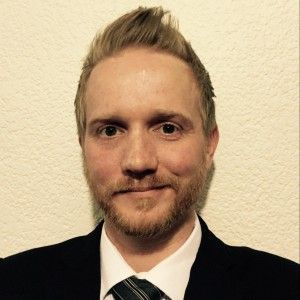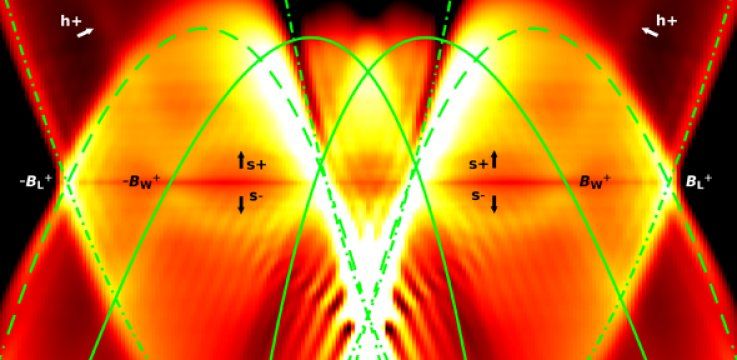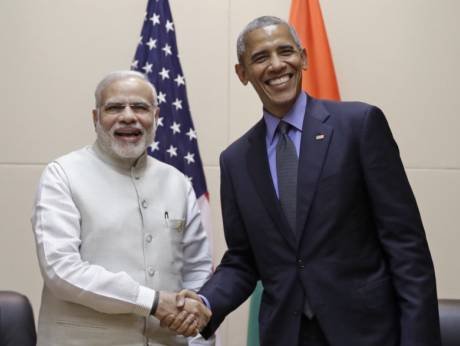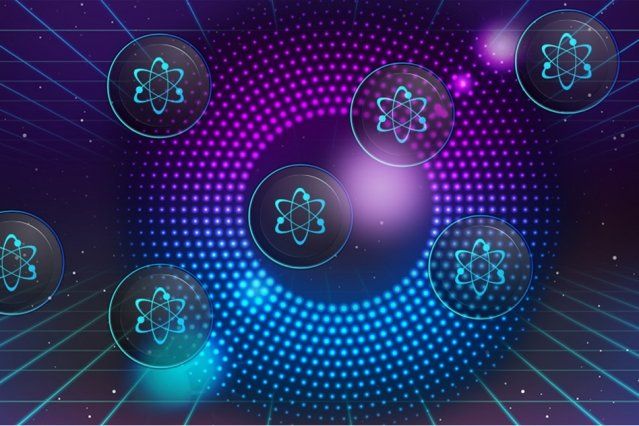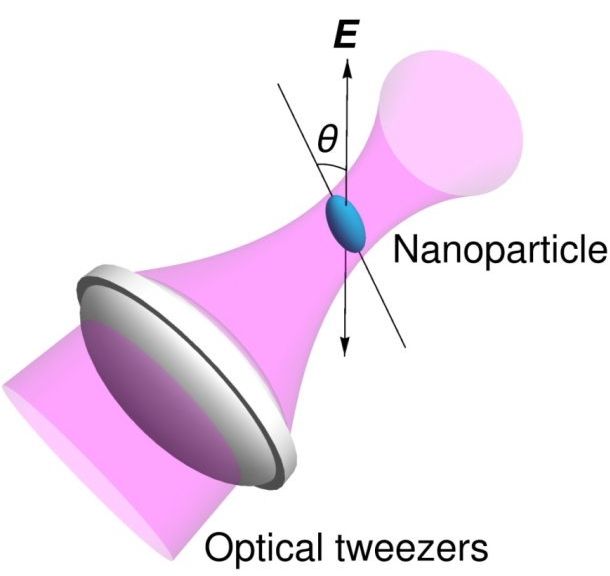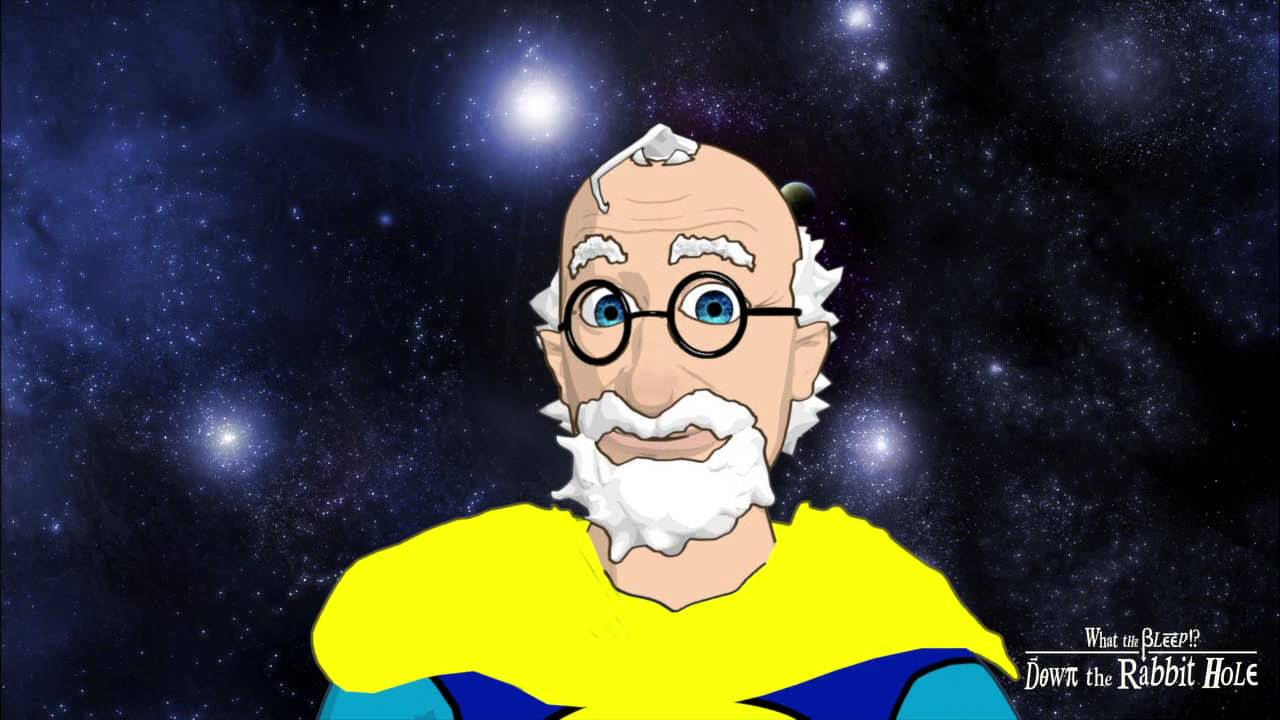And, we all have heard all of the horrorr stories of a botch surgery or treatment performed by a MD who was a fraud. Well, our friends on the Dark Web are at work again in supplying anyone willing to pay fake diplomas & certifications. The challenge is how do companies and agencies validate? Something to ponder as we all know hackers can also forge educational records as well.
Criminals on the Dark Web (a lawless, unregulated part of the Internet) are supplying fake diplomas and employment certifications to anyone with a few hundred bucks.
According to Israeli threat intelligence firm Sixgill, people are even hiring hackers to penetrate university computer systems to alter grades.
The company has pinpointed multiple vendors selling degrees and accreditation that can easily be mistaken for being legitimate, so the market for fraudulent documents is booming.
